A growing lunar threat draws global attention.

NASA has confirmed that a newly tracked asteroid has a real chance of slamming into the moon in 2032, and the situation is now getting treated with the kind of seriousness you and I would expect when something this big enters the conversation. The asteroid, known as 2024 YR4, is not a threat to Earth, but the moon is a different story. Scientists are watching it closely, running simulations, and figuring out what steps humanity may need to take long before the date arrives.
1. NASA’s updated data revealed a clearer picture of the threat.

The latest round of observations tightened the asteroid’s size estimate to around fifty to seventy meters, which is no small visitor when you think about lunar impacts. The more scientists look at it, the more they realize the odds of a lunar strike hover around four percent, which is surprisingly high in planetary defense terms. It is not enough to guarantee impact, but definitely enough to make everyone sit up straighter.
What makes this more interesting is how quickly the data shifted. Early measurements suggested the asteroid might be smaller, or even pose a tiny risk to Earth, but refined tracking erased the Earth scenario and pushed the moon to the forefront. Each update nudges the understanding of this object forward and makes the potential consequences a lot clearer.
2. A lunar hit would release dramatic impact energy.
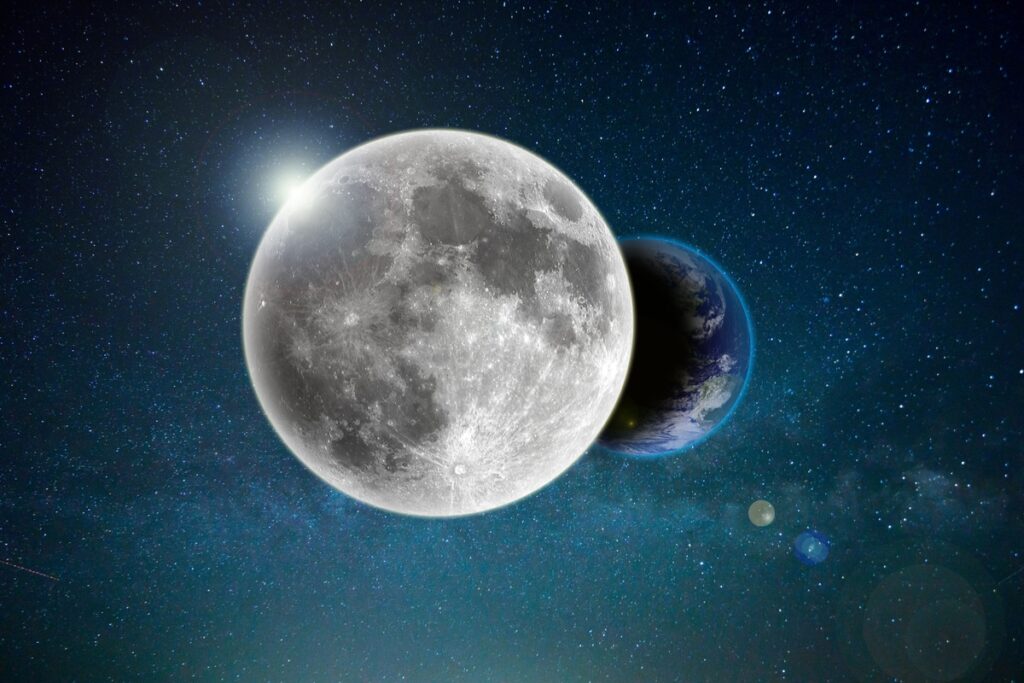
A rock this size slamming into the moon would produce an explosion equal to several megatons of energy. That is strong enough to carve out a crater roughly a kilometer wide, which becomes a permanent mark on the lunar surface. While the moon has seen bigger hits before, this one would be close enough and predictable enough that scientists could watch it unfold in real time.
The effect would not change the moon’s orbit, but it would send a plume of debris rocketing into space. That is where things start getting complicated for missions and satellites sharing that space. The force of the explosion would scatter material far beyond the point of impact, creating hazards we are not used to dealing with.
3. Debris from the impact could become a problem for satellites.
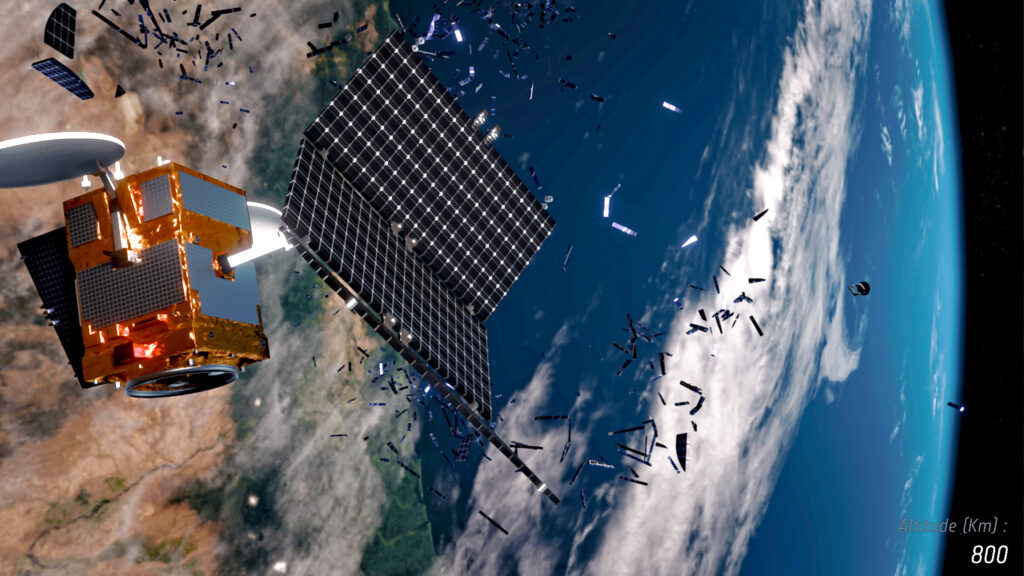
Because the moon’s gravity is weaker than Earth’s, a strong collision could blast chunks of rock directly into space rather than holding them close to the surface. Those fragments could drift toward zones where satellites operate, making navigation riskier for years. Engineers already worry about space junk, so adding natural debris to the mix raises a new set of challenges.
The potential for scattered rock means scientists are not only tracking the asteroid but also running models on where debris clouds would spread. The moon may be the one taking the hit, but the ripple effect could reach Earth’s orbital neighborhood, creating new concerns for the technology we rely on every day.
4. Earth itself has been ruled out as a danger zone.
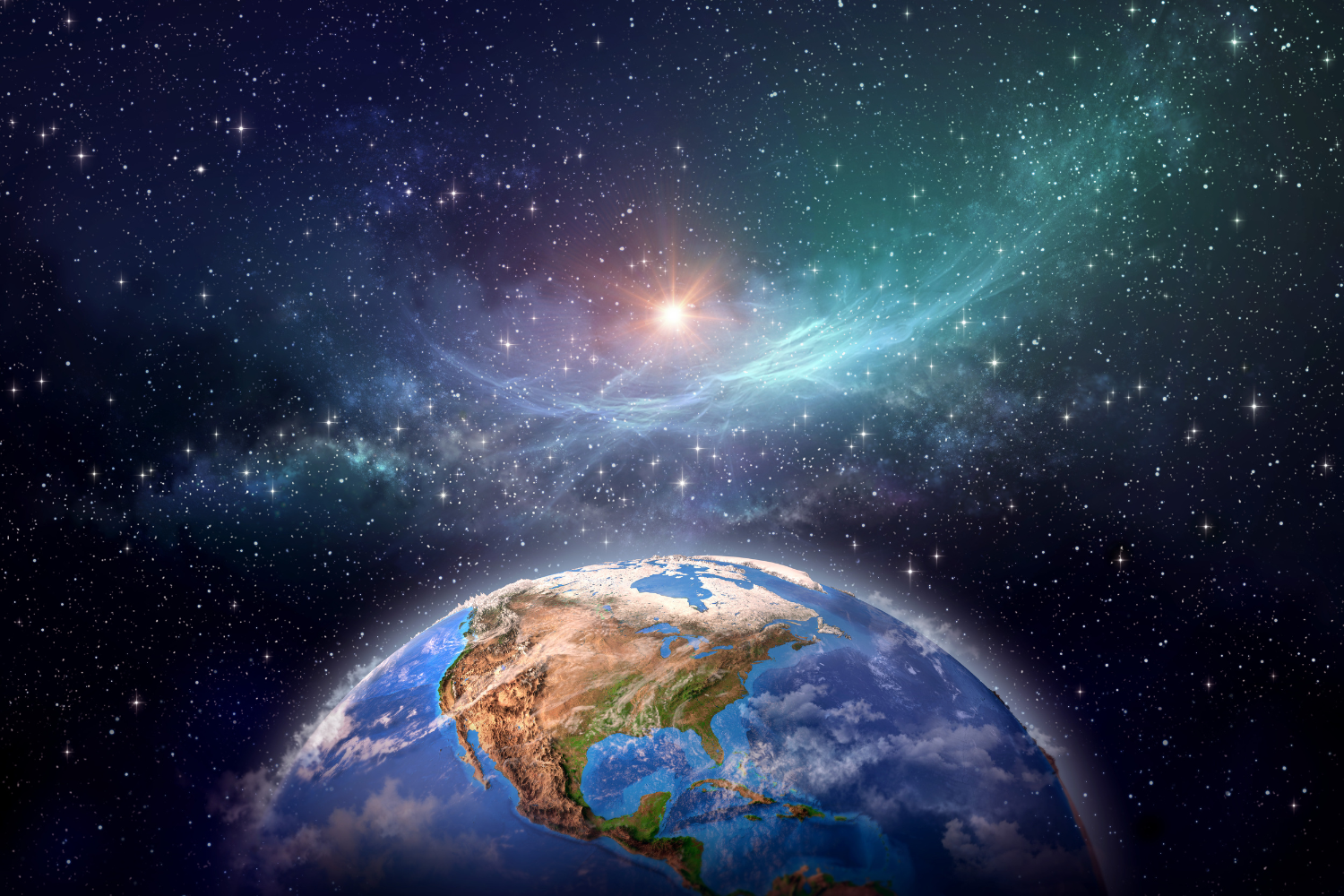
The good news is that NASA has already confirmed the asteroid will not hit Earth. After refining the orbit, the probability dropped to nearly zero. That is a relief for everyone, because an object of this size hitting our planet would cause regional devastation.
Even with Earth out of harm’s way, the situation does not get shrugged off. The moon plays an important role in future space missions, lunar bases and navigation. So a strike there still comes with consequences that matter a lot for upcoming decades of exploration.
5. Agencies are now weighing possible deflection strategies.
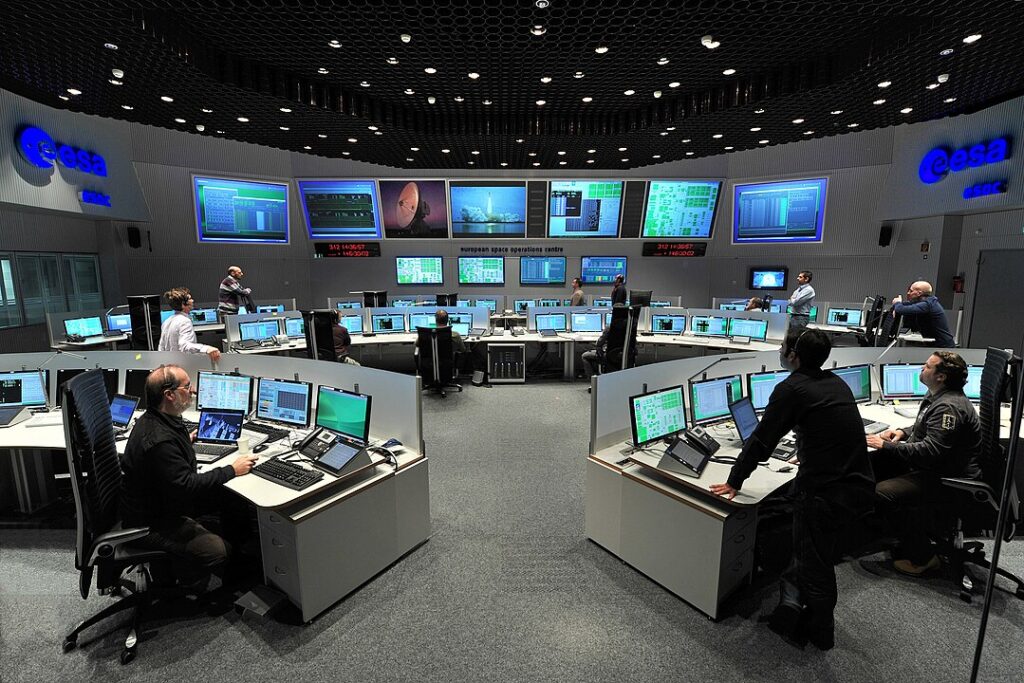
With a potential impact date known well in advance, space agencies have the rare advantage of time. The question is what to do with it. Deflection missions, kinetic impacts and even explosive disruption are all being discussed as feasible options. NASA’s past success with redirecting an asteroid provides confidence that a similar approach could work here.
Choosing a method depends on timing. Acting earlier means less force is needed, and that window is open now. Scientists describe this as an engineering problem with a deadline, not a hopeless scenario, which makes the preparation phase all the more important.
6. Tracking will continue once the asteroid becomes visible again.
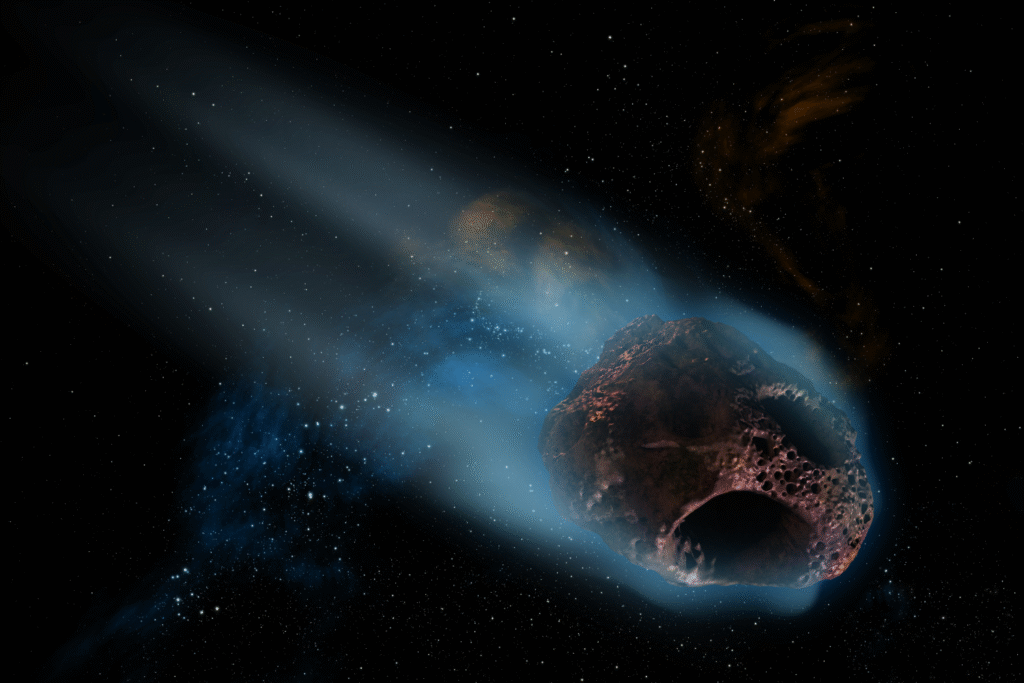
Because of its orbit, 2024 YR4 will eventually move out of our observational range for a while. When it reappears in the late 2020s, researchers will get another chance to refine its path and shrink the uncertainties around its trajectory. These upcoming observation windows are critical because they determine whether intervention becomes necessary.
Until then, every bit of data collected helps shape the decision making process. Scientists are watching the margins close in, knowing that the more precise they get, the better humanity can prepare.
7. A potential impact offers rare scientific opportunities.
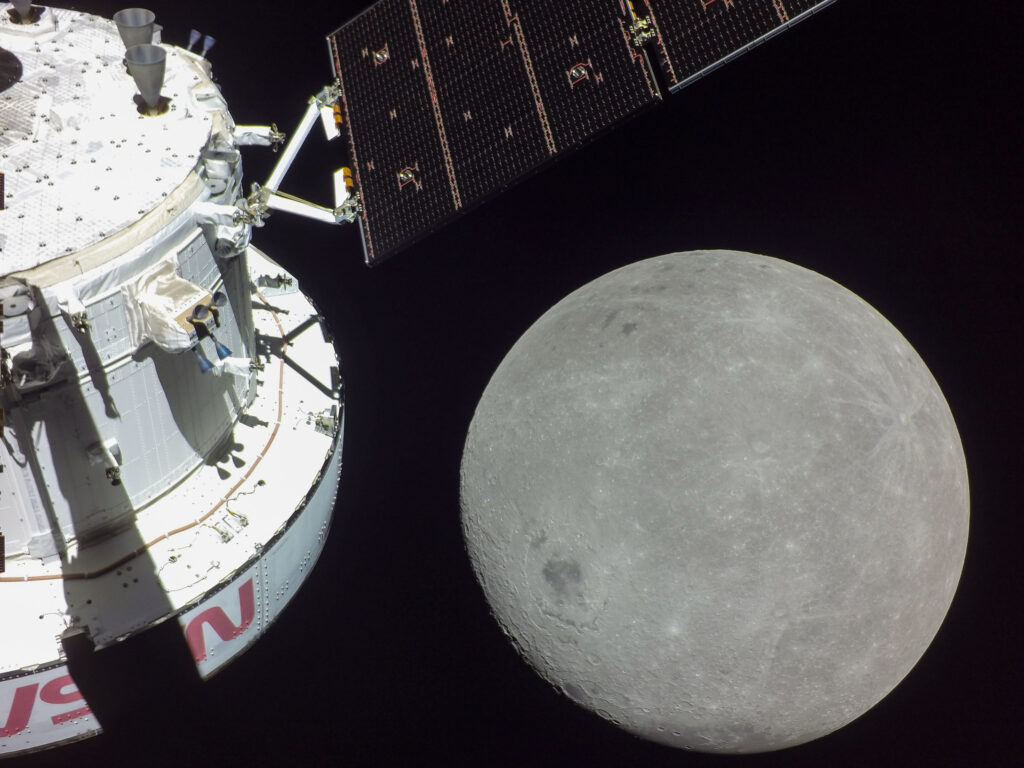
Even though this situation sounds tense, scientists admit that watching a large asteroid hit the moon would offer insights they have never been able to capture. Everything from crater formation to plume behavior to surface chemistry could be studied with unprecedented clarity.
The moon becomes a kind of natural laboratory in this scenario. While no one is rooting for destruction, the chance to learn from a controlled and predictable event sits in the background as a scientific silver lining.
8. The asteroid’s size makes this something we cannot ignore.
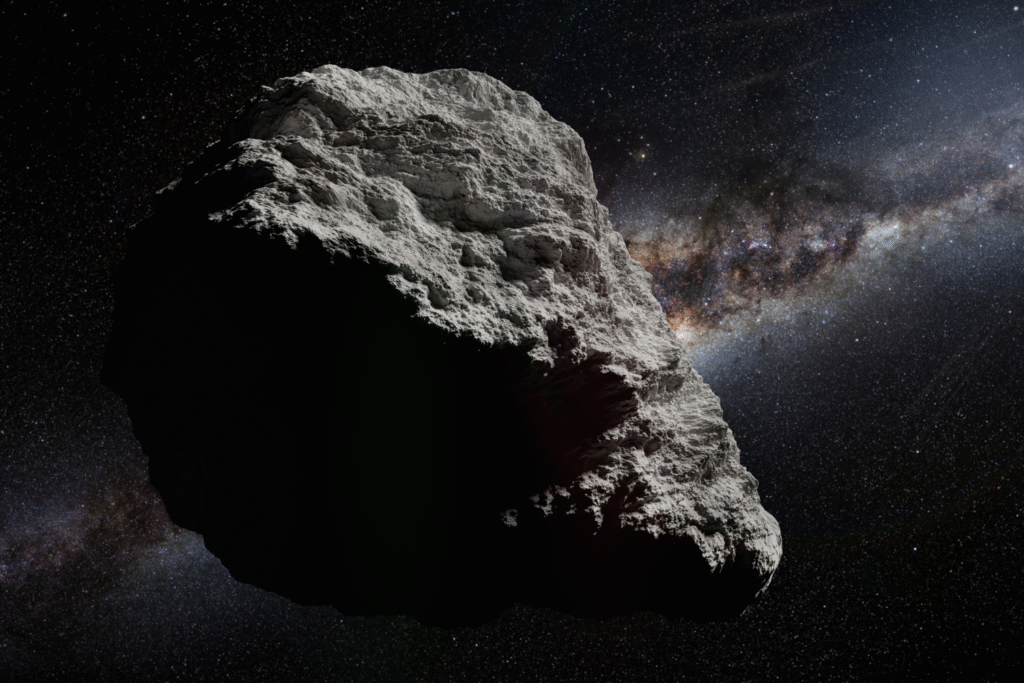
Asteroids hit the moon all the time, but most are pebble sized or small enough to do nothing more than pockmark the surface. A fifty to seventy meter object is several orders of magnitude larger, putting it into a category that demands attention. It is big enough to do real geological damage and send debris far beyond the crater.
That scale is exactly why researchers treat this event differently from the many harmless impacts. It is not catastrophic, but it is significant, and its size alone places it on the priority list.
9. Time pressure adds urgency to the planning.
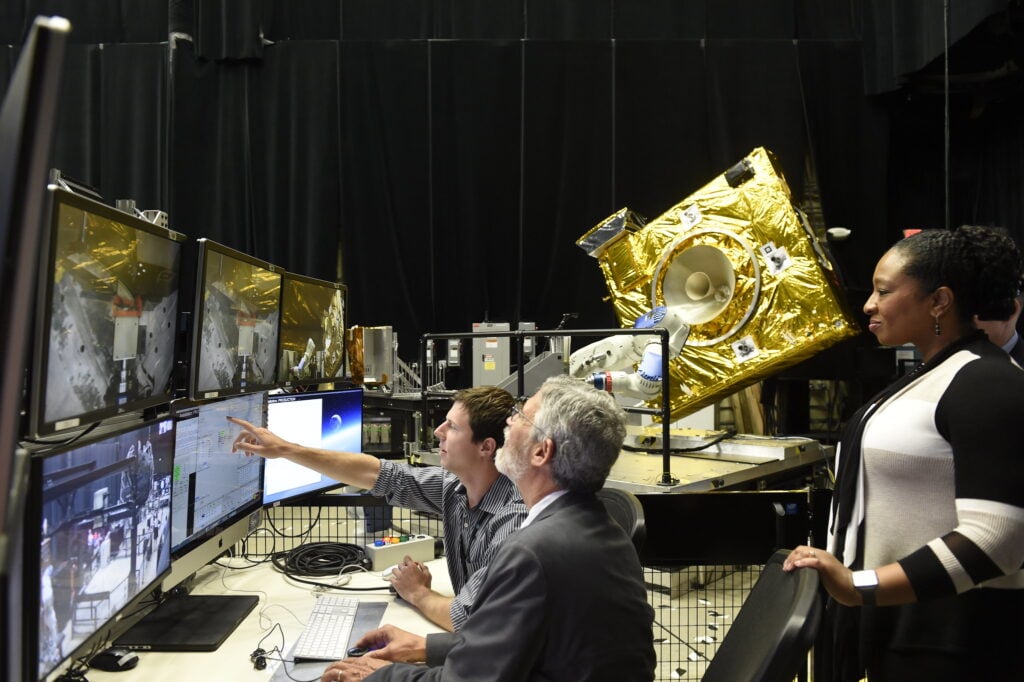
Between now and 2032, the window to act slowly shrinks. Action taken early could nudge the asteroid off course with minimal effort, but waiting too long could make the solution more difficult or riskier. Every year that passes matters in a situation like this.
Scientists, policy makers and mission planners are moving this object higher on their agendas for that reason. They know that preparing now is the simplest way to avoid scrambling later.
10. The situation expands the definition of space defense.
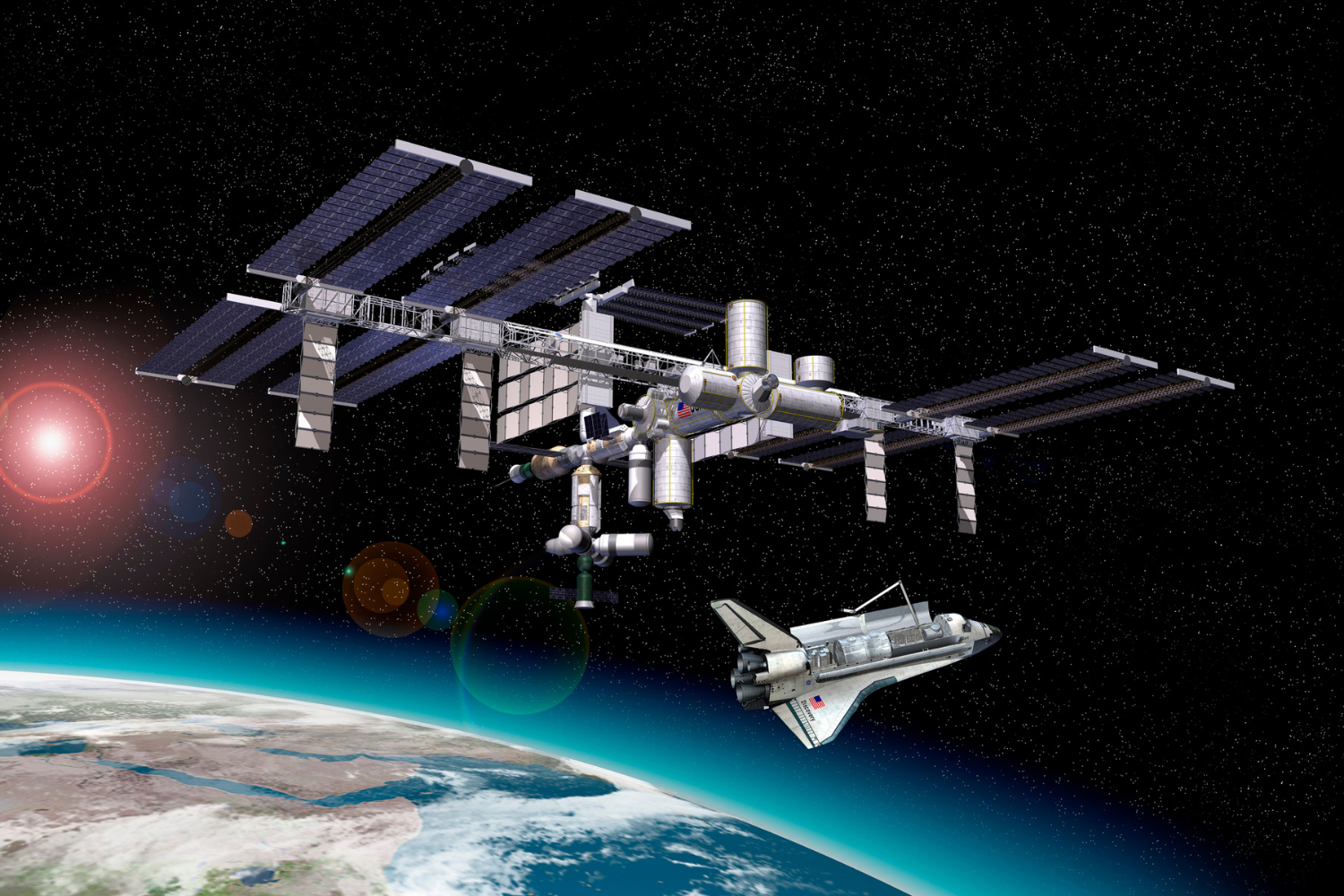
This moment marks a shift in how we think about planetary defense. It is not just Earth under consideration anymore, but the moon, satellites and everything in our shared space environment. The moon’s growing importance for exploration and science means protecting it is becoming part of the job.
So while the asteroid may never touch Earth, its story still matters. The moon is part of our future, and guarding it from harm is quickly becoming part of the bigger conversation about how humanity lives and works in space.
